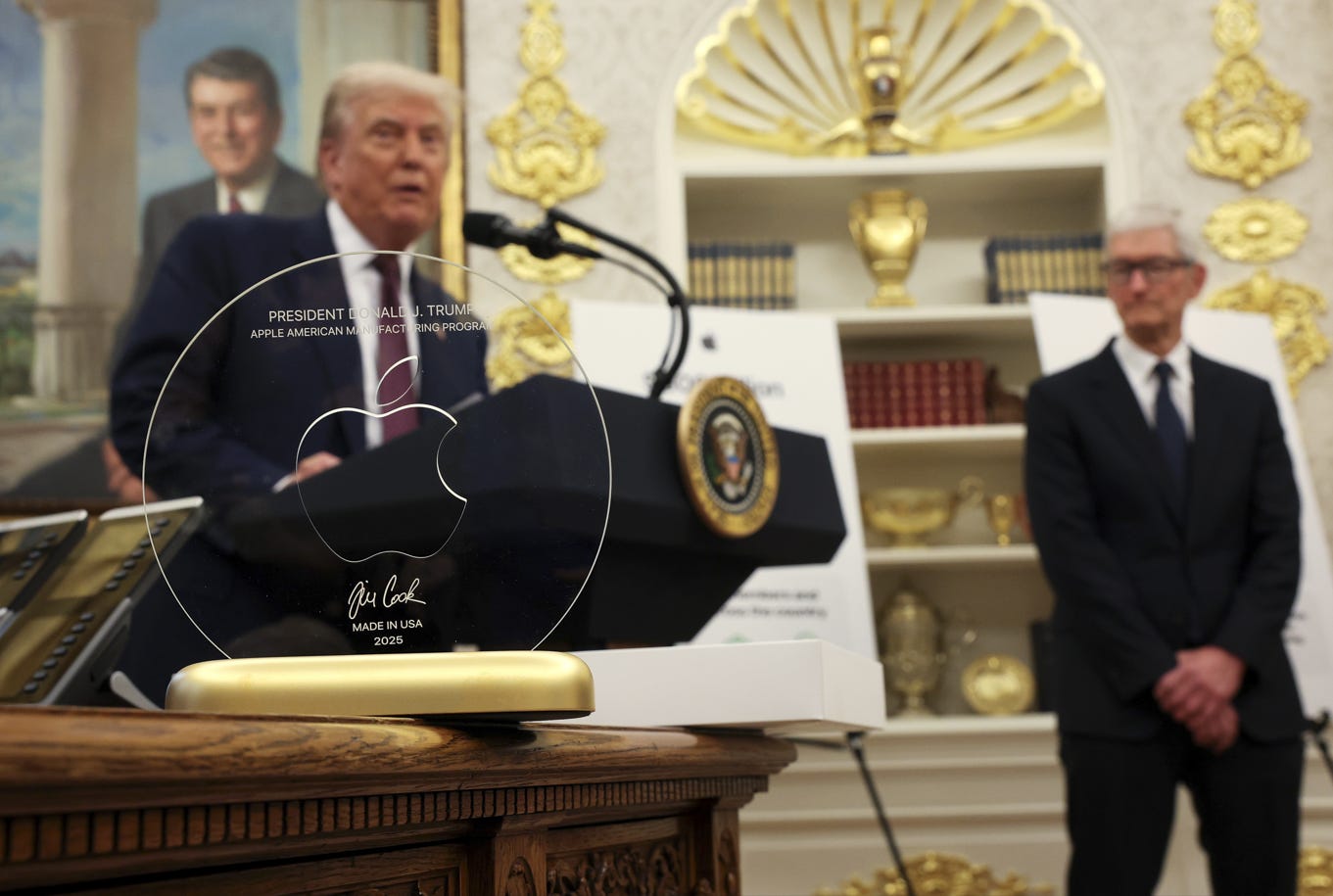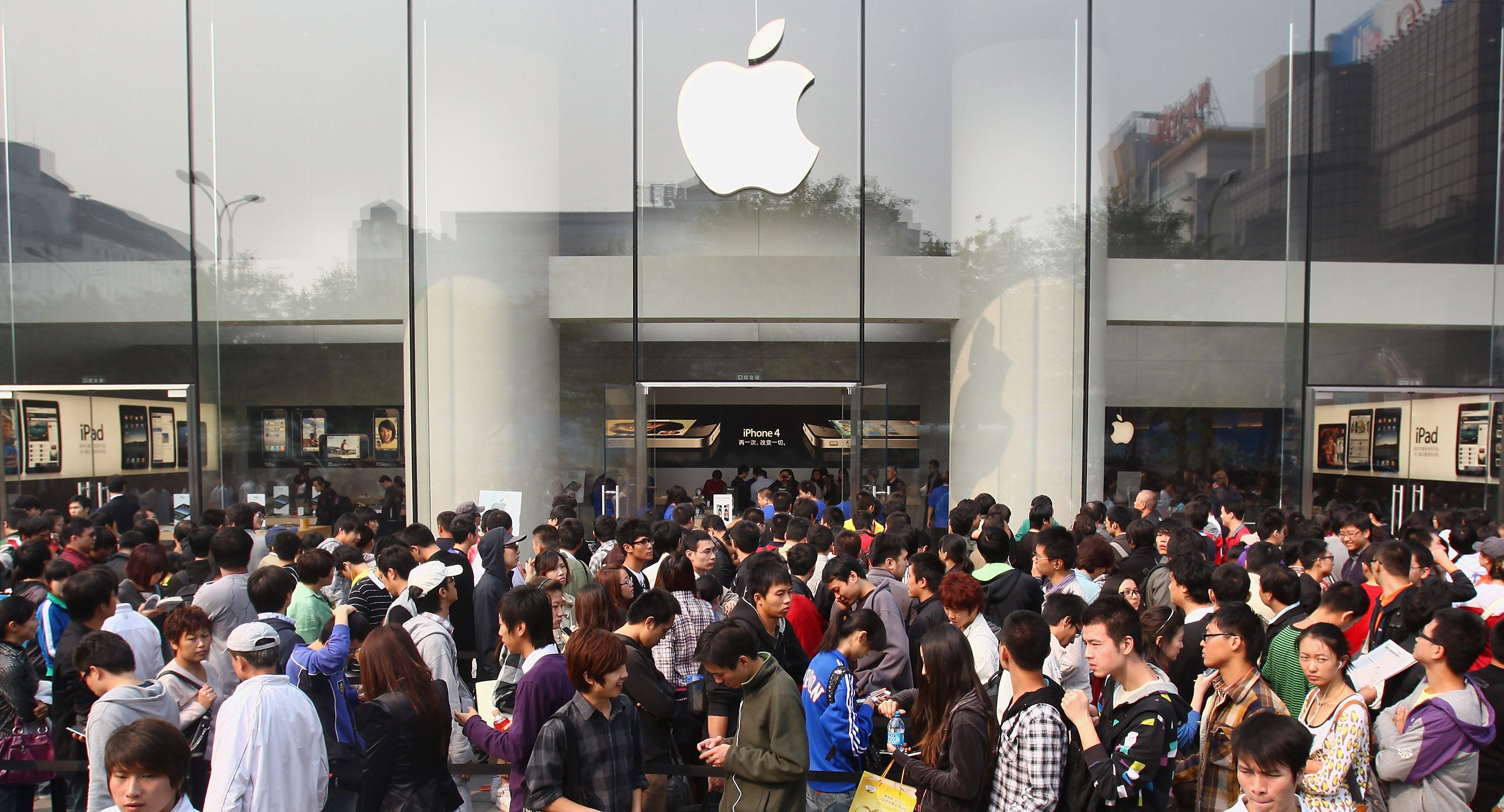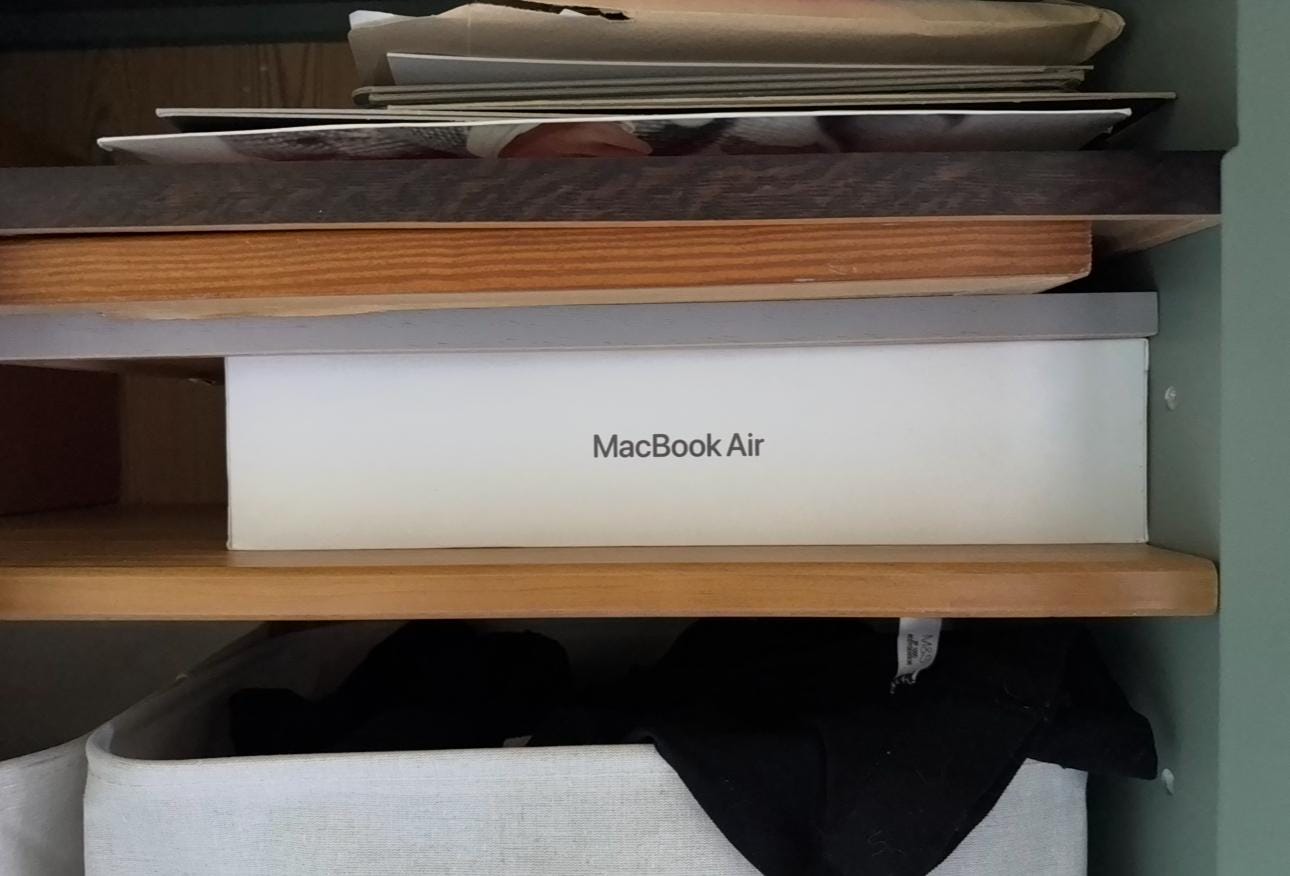Apple's China risk is a warning to luxury brands
Apple ships phones at McDonald’s scale but with Ferrari-style profit margins, and now the China-based supply chain that made that possible has become one of the company’s biggest vulnerabilities
Is Apple a luxury brand? For Patrick McGee, the author of “Apple in China: The Capture of the World's Greatest Company”, a gripping exposé of the company’s entanglements with China, the answer is clear. “Yes, there’s really no question about it”, he said, speaking to me via Zoom. For many people, this still doesn’t seem obvious.
Apple doesn’t sell handbags or watches, it sells smartphones, and it controls about 20 per cent of that market. It ships more than 200 million near-identical iPhones a year, and its stores are busy with people from all walks of life. None of this resembles a traditional luxury maison.
But many elements of its business unquestionably steal from the luxury playbook. In pricing, customer devotion, its control of its supply chain and the extraordinary symbolic value attached to its products, Apple not only operates like a luxury brand, it may in fact be the most successful luxury business of all.
This isn’t just McGee’s opinion. Jean-Noël Kapferer and Vincent Bastien, the authors of “The Luxury Strategy”, make the case that Apple adopted the key principles of luxury in a non-traditional sector. “Apple’s strategy has all the hallmarks of a luxury strategy applied to a traditional market”, they write.
Paid subscribers can discover how short-sellers are betting big against some of luxury’s most powerful conglomerates:
They make the distinction between companies that exist in the “luxury market” — jewellery, couture, leather goods — and those that deploy this “luxury strategy”, even if they do not come from that heritage. They cite BMW’s Mini, which was positioned as a luxury car even though it lacked the performance or exclusivity of a Ferrari. The Mini cost €10,000 more than comparable models when it launched, but drove like a go-kart and was harder to use. It still sold huge numbers on its design, story and identity. Nespresso is another brand that borrowed from luxury but sold into the mass market.
Apple has taken this strategy to the limit. It sells a phone that costs more than double the average Android alternative, which helped it secure 85 per cent of the industry’s profits with only a fifth of the unit sales.
“If you go across industries, you don’t find any parallels. [It’s as if] McDonalds was selling meals that cost $60 a person. Or Louis Vuitton at the scale of like, blue jeans… or if Ferrari sold 10 million cars a year. Those are the proper analogies”, McGee said.
‘It’s as if Ferrari sold 10 million cars a year’
-Patrick McGee
“On top of that, they create services because they have a connection with you in a way that Louis Vuitton or BMW is never going to have”, he said. “They can advertise their own offerings to you without having to pay anyone”. Apple’s design, distribution and communications are all vertically integrated, and it owns the relationship with its customers in a way that most luxury brands do not.
Beyond that, Apple’s devices are also designed with physical and psychological details that encourage attachment and care, its packaging is finely crafted (have you ever thrown away an iPhone box?), and its stores and supply chain are tightly controlled. Its production process is not considered a cost centre internally, but a source of value and pride.
“Its production is part of Apple’s competitive advantage and of the creation of the dream”, Kapferer and Bastien write, “unlike in fashion where manufacturing is a cost that needs to be reduced as much as possible”.
I grew up using Apple products, and to me they are the ultimate luxury. As a child I borrowed Macintosh computers from my dad’s school over the summer to play games, and I saved for years for my first iPod. I stood in line for the first iPhone launch outside the Apple store in San Francisco in 2007, along with thousands of others — it was for work, but I would have done it even if I wasn’t being paid. That kind of behaviour, and the long emotional bond it creates, is hard to separate from the dynamics of luxury.
Apple’s success as a luxury brand isn’t just about pricing or excellent design. It’s also about what, and who, the company chose to ignore. McGee’s book shows how Apple perfected the luxury strategy while disregarding one of its central lessons: control is everything. Apple built dominance by relying heavily on Chinese manufacturing and Chinese demand for its products, and yet it often failed to fully grasp who was buying its products and why.

This oversight has created a huge weakness and vulnerability. It may have managed to sell at the scale of McDonald’s with luxury margins, but its success depends entirely on where its products are made. China still makes about 80 per cent of iPhones, according to the Wall Street Journal, many of them in a Zhengzhou complex known as iPhone city. And this is the company’s key structural weakness.






